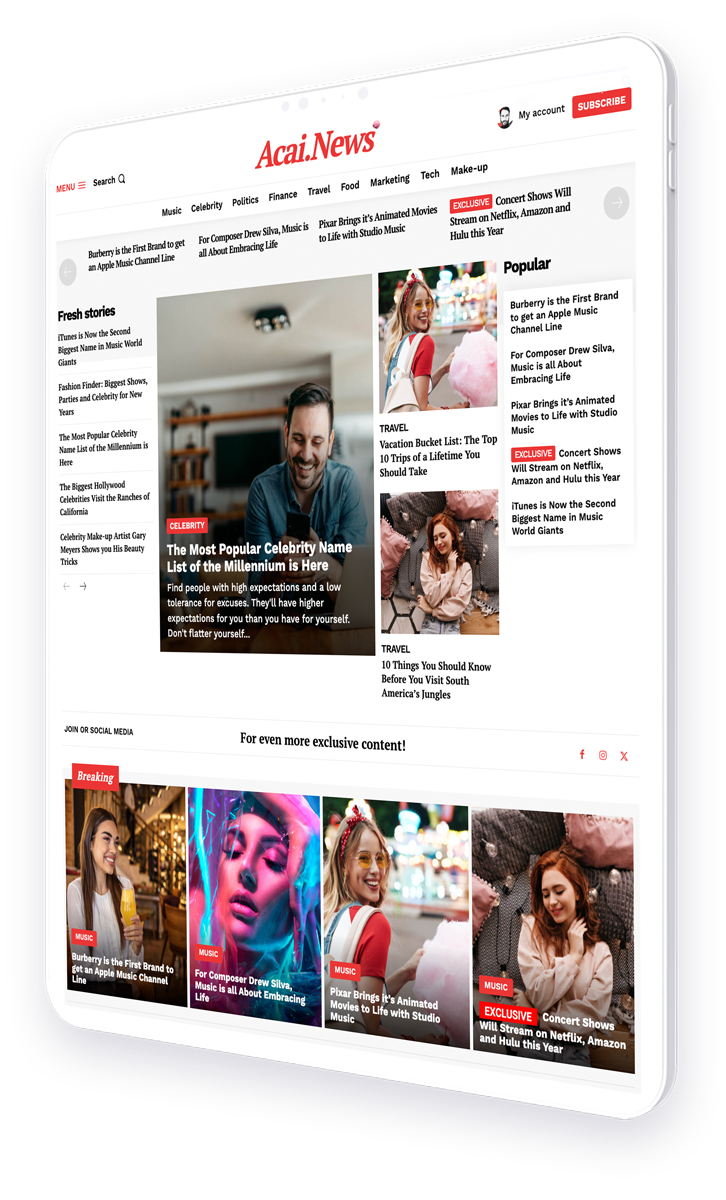Discover How Recurring Expert-Driven Content Builds Loyalty and Attracts High-Intent Traffic
Content marketing has evolved significantly over the years, with businesses increasingly turning to specialized, authoritative content to engage their target audiences. Expert-driven content, which leverages the knowledge and authority of industry leaders, has proven particularly effective in this regard. This type of content not only enriches the reader’s experience but also enhances the credibility of the brand, leading to increased customer loyalty and targeted traffic.
- The Importance of Expert-Driven Content
- Building Loyalty Through Expert Content
- Generating High-Intent Traffic
- Case Studies
- Implementing a Strategy for Expert-Driven Content
- Conclusion
The Importance of Expert-Driven Content
Expert-driven content is a powerful tool for businesses looking to establish thought leadership and credibility in their industry. By providing valuable insights and in-depth analysis, this content type helps businesses stand out in a crowded market.
- Enhances brand credibility
- Attracts a more engaged audience
- Improves SEO through high-quality, unique content
Moreover, expert content often leads to better search engine rankings as it tends to generate backlinks and social shares, signaling to search engines that the content is valuable.
Building Loyalty Through Expert Content
Regularly publishing expert content helps in building a loyal audience. Readers tend to return to sources that consistently provide valuable and reliable information. This loyalty eventually translates into regular traffic, repeat business, and referrals.
- Regular engagement through updated and relevant content
- Personalization of content to meet the specific needs of the target audience
- Interactive elements such as Q&A sessions or webinars with experts
For instance, a tech company that regularly features articles from IT experts about emerging technologies is likely to attract and retain a tech-savvy readership.
Generating High-Intent Traffic
High-intent traffic refers to visitors who are most likely to convert into customers or leads. Expert-driven content attracts such traffic by addressing specific, often complex, customer needs and queries.
- Targeting niche topics that appeal to a specific audience
- Using keyword strategies that cater to users further down the sales funnel
- Creating content that answers specific questions related to high-value products or services
This approach not only improves the quality of the traffic but also its conversion rate.
Case Studies
Several companies have successfully implemented expert-driven content strategies. For example, a leading software company increased its organic traffic by 47% year-over-year after introducing a series of expert guest posts and in-depth tutorials.
Another case involves an online health platform that saw a 30% increase in subscriber growth after it started hosting weekly columns by medical professionals.
Implementing a Strategy for Expert-Driven Content
Developing a successful expert-driven content strategy involves several key steps:
- Identifying the right experts within or outside the organization
- Understanding the audience’s needs and content consumption patterns
- Creating a content calendar that aligns with industry trends and audience interests
- Measuring the impact of the content and refining the strategy accordingly
It is also essential to promote the content through the right channels to maximize reach and engagement.
Conclusion
Recurring expert-driven content is a potent tool for building loyalty and attracting high-intent traffic. By leveraging the knowledge and authority of industry experts, businesses can enhance their credibility, engage deeply with their audience, and achieve significant growth in traffic and conversions. Implementing a thoughtful strategy that aligns with business goals and audience needs is crucial to maximizing the benefits of expert-driven content.
For further reading on developing effective content strategies, visit Content Marketing Institute.




